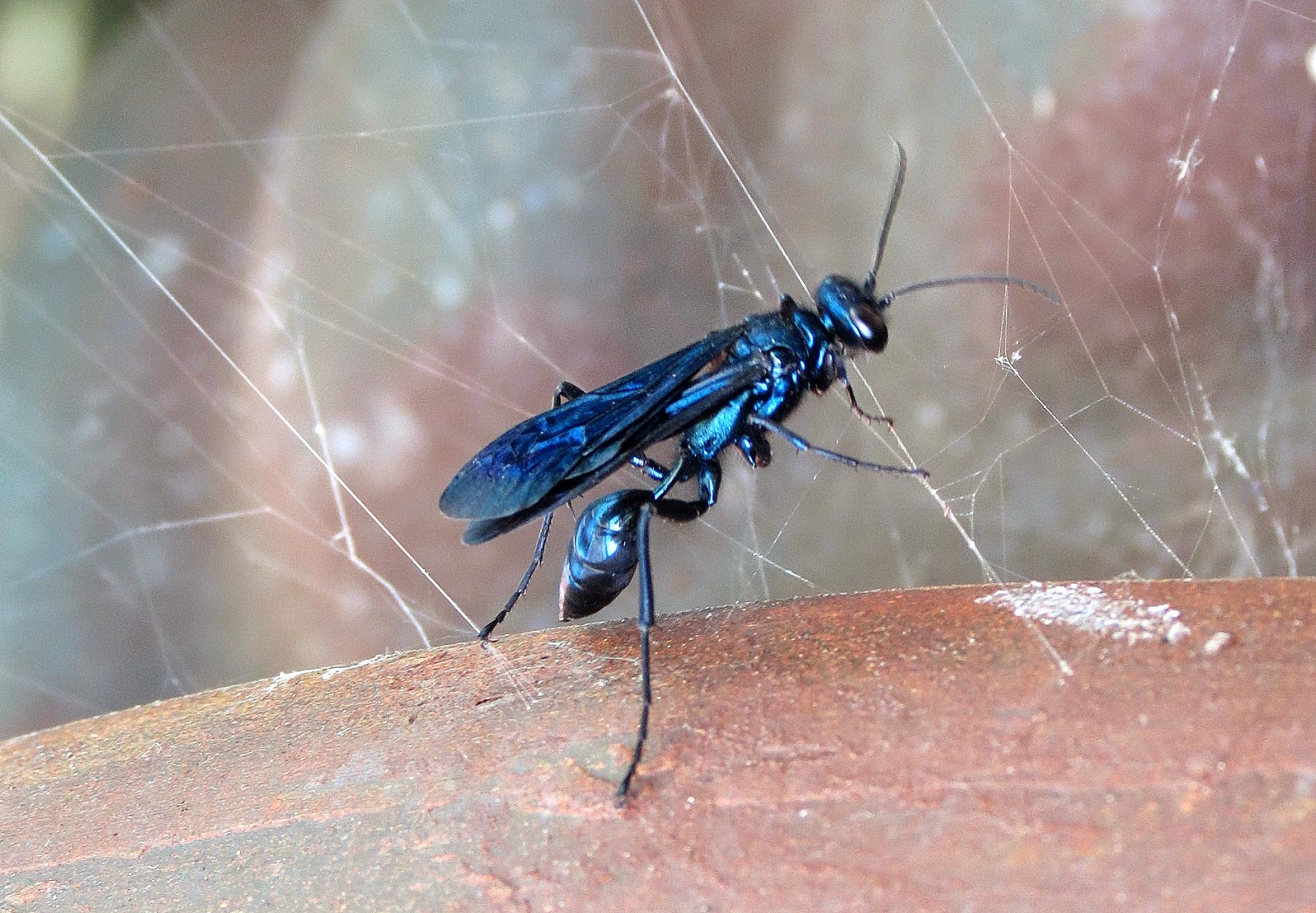Eurasian Hoopoe (Huppe fasciée) Upupa epops
Near St. Marcet, France
17 July 2014
Thanks to advance knowledge by good friends in the area, we were able to view for as long as we wished, this young Eurasian Hoopoe peering out from its nest cavity in the wall of an old farm building.
If I knew how to insert one of those arrows to point to a spot on the picture, I could indicate the location of the bird, but I can assure you it was well camouflaged, and had we been on our own we would certainly have driven by it.
This youngster appears ready to fledge and fills the entire hole in the wall. It was cheeping noisily as it begged for food from its parents, but they did not return during the half hour or so that we watched. Perhaps they were deliberately trying to get it to leave the safety of the nest, the only world it has known so far.
Even though the young bird has advanced well into adult type plumage its gape is clearly apparent in all the pictures.
Hoopoes are enigmatic birds to say the least, and a sighting of one is always cause for rejoicing, but this study of a young bird at this stage of its development far eclipsed any previous encounter as far as I was concerned. It was a special moment in my birding life.
Thank you Noushka!











































.svg.webp)












